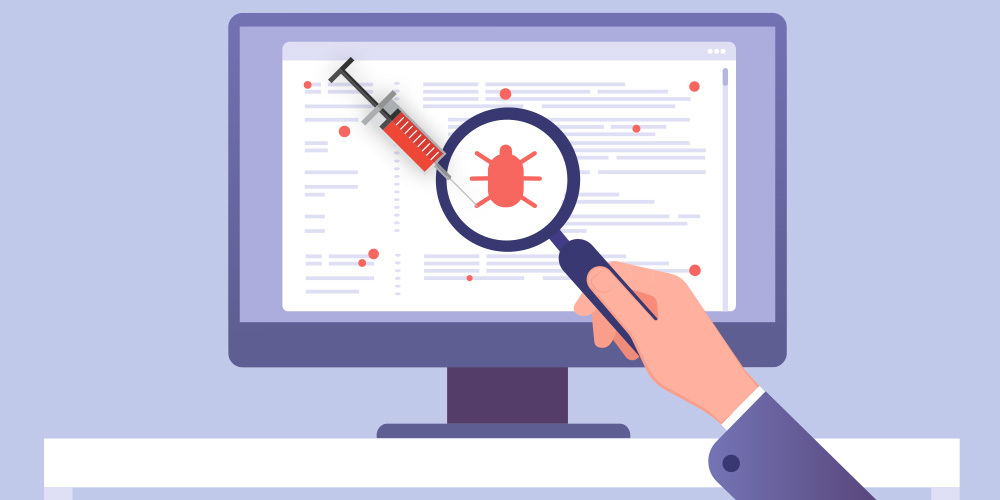An injection flaw is a vulnerability in that applications allow an attacker to relay malicious code through an application to another system. It allows hackers to inject client-side or server-side commands. These are the flaws through which hackers can take control of web applications. Depending on the type of vulnerability an attacker might inject SQL queries, javascript or os commands, and so on.

Effects of Injection Flaws:
- Allows an attacker to compromise the victim’s system.
- Allows hackers to execute malicious codes.
- Allows attackers to do attacks cross-site attackers request forgery (The website did not see that the request actually originated from hackers or by itself).
- Allows hackers to compromise databases.
- Arbitrary file upload vulnerability may result in compromise of the entire database.
- Loss of confidentiality, integrity, and availability.
Improper Input Sanitization:
Hacker exploits the web application with malicious commands, codes or tokens, etc., and the web application passes and executes this data entered by the hacker without sanitizing. This allows hackers to gain access to the application.
Let’s look at the example below,
Web Application Application Server
login page(hacker enters malicious code here)—–> malicious code entered into the server
This is how hacker enters malicious code into the web application, we should always sanitize request before sending them to the server.
Preventions from Improper Input Sanitization:
- Sanitize input after receiving it from the user.
- Use an appropriate server-side filter.
- Input should be validated at both client and server sides.
Improper Output Sanitization?
Hacker exploits the web application by injecting malicious commands, codes or tokens, etc. and the application injects this data without sanitization. This allows hackers to control HTTP/HTML responses.
Let’s look at the example below:
Web Application Application Server
Hacker <—————-Response to user input
This allows hackers to analyze the requests and responses.
How to Fix Improper Output Sanitization:
- Sanitize output before inserting it into HTML/HTTP response.
- Encode all special characters.
Apply Least privilege:
This will be effective. since a web application runs with only the privileges it needs to perform its function. using root access may harm your device. As a superuser, you have all privileges. This may be an opportunity for a hacker.
Types of Injection Attacks:
There are so many types of injection attacks. some of them are,
How to Prevent Injection Flaws:
- Use of Prepared Statements (with Parameterized Queries)
- Use of Properly Constructed Stored Procedures
- Allow-list Input Validation Escaping All User Supplied Input
- Performing Allow-list Input Validation as a Secondary Defense
- Use strong web application firewalls to make exploitation difficult




